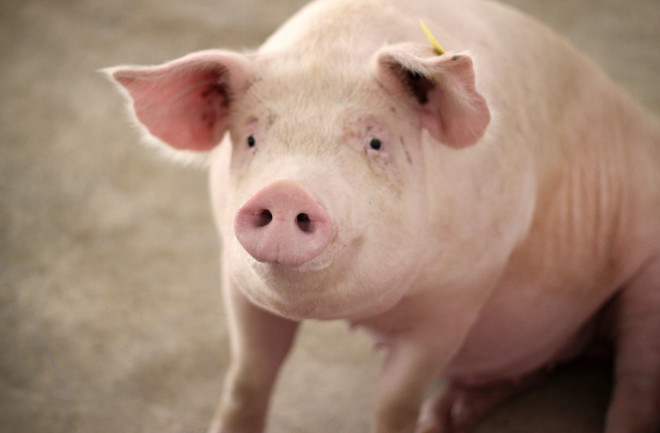This story was originally published in our Jul/Aug 2023 issue as "Breaking the Interspecies Barrier." Click here to subscribe to read more stories like this one.
On a warm fall day in 2021, University of Alabama at Birmingham (UAB) surgeon Jayme Locke peered into a sliced-open abdomen and braced for the task ahead of her: transplanting two pig kidneys into a brain-dead human recipient for the first time in history. Locke had done experimental surgeries before, even putting pig kidneys into baboons. But this new procedure danced closer to the edge of the surreal, and unknowns leapt out at her.
She had no idea, for example, if the porcine organs would survive the rigors of stronger human blood flow. And though the pig kidneys had been genetically tweaked for cross-species compatibility, she feared the recipient’s body might still reject them. Setting her doubts aside for the moment, Locke stitched one pig kidney’s main vessels to the patient. She removed the steel clamps that pinched the human vessels shut. Then she and the rest of the operating team waited. “We were almost in suspended animation,” she recalls. “We all were just standing there, hoping the kidney was going to turn beautiful and pink.”
As human blood thrummed through the new organ, its color ripened from blue-gray to mauve and then to bright coral — the first sign the kidney was settling in as it should. Twenty-three minutes after Locke removed the vessel clamps, human urine began to flow from the pig kidney into its ureter, the tube that shunts urine from the kidney to the bladder.

